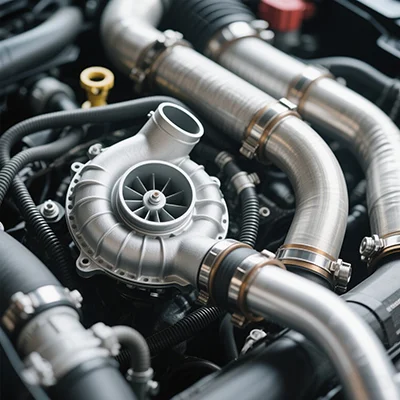The Truth About Laser Printers: Do They Dry Out When Not in Use?
In the realm of printing technology, laser printers have carved out a significant niche due to their speed, efficiency, and high-quality output. However, a common concern among users is whether these machines can dry out if left unused for extended periods. This article delves into the mechanics of laser printers, the implications of inactivity, and best practices for maintaining optimal performance.
Understanding Laser Printer Technology
Before addressing the question of drying out, it’s essential to understand how laser printers operate. Unlike inkjet printers, which utilize liquid ink cartridges, laser printers employ a dry powder known as toner. This toner is fused onto paper using heat and pressure, resulting in sharp, durable prints. The absence of liquid ink means that the drying-out phenomenon commonly associated with inkjet printers does not apply in the same way to laser printers.
The Impact of Inactivity on Laser Printers
While laser printers do not dry out in the traditional sense, they are not immune to issues arising from prolonged inactivity. Here are several factors to consider:
- Toner Settling: Over time, toner can settle in the cartridge. If a laser printer is not used for an extended period, the toner may clump together, which can lead to inconsistent print quality when the printer is finally used again. Regular use helps keep the toner evenly distributed.
- Drum and Fuser Unit Maintenance: The drum unit, which transfers the toner onto the paper, and the fuser unit, which bonds the toner to the paper, can also suffer from inactivity. Dust and debris can accumulate, potentially leading to print defects. Additionally, the fuser unit relies on heat to function correctly; prolonged inactivity can cause it to lose its effectiveness.
- Electrical Components: Like any electronic device, laser printers have components that can degrade over time if not used. Capacitors and other electronic parts may fail or lose efficiency, leading to operational issues when the printer is eventually turned on.
Best Practices for Maintaining Your Laser Printer
To ensure your laser printer remains in optimal condition, consider the following best practices:
- Regular Usage: Aim to use your laser printer at least once a month. This helps prevent toner settling and keeps the internal components functioning properly.
- Proper Storage: If you anticipate not using your printer for an extended period, store it in a cool, dry place. Avoid areas with high humidity, as moisture can affect the toner and internal components.
- Periodic Maintenance: Clean the printer regularly, including the drum and fuser unit, to prevent dust accumulation. Many printers have built-in maintenance routines that can help with this.
- Toner Management: If you have a toner cartridge that is nearing its expiration date, consider replacing it before long periods of inactivity. Expired toner can lead to poor print quality and potential damage to the printer.
- Firmware Updates: Keep your printer's firmware up to date. Manufacturers often release updates that can improve performance and fix bugs that may arise from inactivity.
Conclusion
In summary, while laser printers do not dry out in the same way that inkjet printers do, they can experience issues related to inactivity. By understanding the mechanics of laser printing and implementing best practices for maintenance, users can ensure their printers remain in excellent working condition, ready for use whenever needed. Regular usage, proper storage, and maintenance are key to prolonging the life of your laser printer and ensuring high-quality prints every time.



